Nastazja Domaradzka is a Polish theatremaker based in London, United Kingdom, whose practice is rooted in Eastern European political theatre and the Theatre of the Oppressed. In 2019, she was a founding member of Migrants in Theatre (MiT) in the United Kingdom. In 2020, MiT ran a town hall for artistic directors in the industry during which Nastazja, as a member of MiT, gave voice to this provocation: that state-subsidized theatres should run migrant-led workshops exploring multifarious ways of making theatre. In response, the Royal Court’s (RC) artistic director Vicky Featherstone and associate international director Sam Pritchard began a series of conversations with Nastazja about what this workshop could look like.
A pandemic and two years later, No Borders (NB) was conceived: a series of workshops that started in January 2022 and resulted in a presentation to theatre professionals in the RC’s Theatre Upstairs at its close. The program featured twelve participants from nine different countries whose theatrical disciplines ranged from set design to performance to writing. The program aimed to explore the intersection of politics, activism, and theatre. This event was the first of its kind for the RC, which has an international reputation as a writer’s theatre. The sharing itself, usually the culmination of months of research undertaken during similar workshops, became a show instead: Feast on the Square, a ninety-minute performance of micro-plays that interrogates the life and times of Hans Sloane. Sloane was an eighteenth-century colonist, “physician,” and “collector” of curiosities and antiquities, who benefitted from the slave trade in Jamaica and after whom Sloane Square (where the RC is located) is named.
At the invitation of Nastazja and the RC, I attended some rehearsals and the show. The following discussion arose.
verity healey: When we started talking about NB initially, you said that theatre can’t go back to what it was in 2019. What did you mean by this in terms of theatre in the United Kingdom?
Nastazja Domaradzka: There has been a global collective pause in theatremaking and in Britain, there have been all these conversations to try and “improve things.” But really, it’s been like a collective exercise in gaslighting. British theatre has an inability to embrace anything new. I think we have to be careful that we don’t generalize though. You and I both know there’s experimental work out there but that subsidized stages still continue to deliver entertainment in a very narrow-minded way of understanding what entertainment is. And the problem is, you can’t be what you can’t see, and this applies to the theatre too.
verity: There’s a link here with what NB was trying to do, I think. And the term “migrant-led” was important to you and a lot of people in the group, but the RC never used it in their publicity because they said not everyone had this lived experience and they did not want to label the group. Faizal Abdullah, a theatremaker from Singapore who took part in the program, said that as it went on, it became more important. Being there with others with similar migrant experiences meant there could be more honesty, truth, and ownership of voice and story amidst typical and traditional British narratives—although he also cautioned not to expect only migrant stories from migrants.
Nastazja: Yes, it was just in the spirit of the program. It quickly became a thing that we all started bringing different foods to our sessions. In our first session, we did this world map exercise where we all “walked” our physical journey to the United Kingdom, and I think that was it. That was our fabric. But as Faizal said, it’s just one part of who we are, and we have much more to offer. That’s why we didn’t focus on creating solo pieces around identity. But I do think the term “migrant” is actually misunderstood because we are all migrants in one way or another—even if that experience comes from our grandparents.
There were originally twelve people in that group, and the majority of them were not born on this island. But I did not create the group thinking that being a migrant would be part of the criteria; I only wanted to explore international work in a non-Western-centric way. But because we ended up with the group we did, it became quite important to us all. I have never walked into any other room in the United Kingdom’s theatre scene that looked like ours did. I think that’s why migrant-led became an important phrase for this program. We are seeing it being used more and more—there was Sheffield’s Migration Matters Festival, for instance. And I am seeing equal opportunity forms where there is the option for applicants to say if they have a migrant background. I think that’s a good thing.
We were never interested in didactic theatre. Artists don’t create in a vacuum.
verity: You also said the program should be about looking at where the intersection of politics, activism, and theatre meets—and that it should be about politics and global traditions, which I think actually suggests migrant-led. Why do you think there’s a need for you and the group to explore this intersection?
Nastazja: For many migrant artists, theatre is synonymous with politics. In my country, Poland, theatre was historically used as a tool to fight the oppressor, and the same goes for many other countries. Often in these countries, it was Britain who was the oppressor. I’m not saying that there is no history of political theatre in Britain, but it is not interwoven into the theatrical tradition here because of British history. Because of that, we wanted to create a space that would allow us to share our own experiences, enrich our knowledge of politics, and give space to our own needs for speaking up.
I remember I was sharing this idea of food being thrown around during the feast and one of the participants—theatremaker Héctor Manchego—pulled me up on that. He did not want to see any food being wasted because he experienced a lack of it in Venezuela. I am so grateful that we created this dynamic where we were all able to say things to one another without any fake politeness. I often say that if there is going to be a theatrical and/or political revolution in this country, it will be led by migrants. I believe this even more now after NB.
verity: There is this famous written quote from the 1945 poem “Dedication” by the Polish poet Czesław Miłosz: “What is poetry if it does not save nations and people?” You took this sentence and substituted the word “poetry” for “theatre” and used it as a provocation for the group. Can you explain why this is important to you?
Nastazja: Yes. I grew up reading that poem, and I am a huge fan of Miłosz. For me, that quote says something about art—in this case theatre—and crisis. One can’t live without the other. The positive you can take from any crisis is that you will create incredible art from it. It sounds terrible but it is true. We are having so many crises in Britain post-COVID: Brexit, the cost of living, reproductive rights, the right to protest, the environment, etc. All these things are shouting at us to be owned in an artistic way.
I’m also interested in the role of the artist. Miłosz is a good example because he’s someone who comes from post-World War II Poland. He lived in exile most of his life because he was against the communist regime, and he lost his homeland in Lithuania when the maps got redrawn by the West. His whole canon of works is about asking what the role of the artist is in all of this. In NB, we were very interested in finding out what is it to be an active witness and how one can then make that witnessing into art. We were never interested in didactic theatre. Artists don’t create in a vacuum. We walked into that room at the RC a couple of months after the Hershel Fink event, so it was already a space that was wobbly in terms of institutional racism. I have wondered since then: What if that thing didn’t happen? How different would that space have felt?
verity: Laura Hopwood, another one of the theatremakers in the group, said that partaking in the NB program illustrated the “tension between an individual’s desire to serve a grand vision of a historic institution and their own personal politics.” I felt this tension in the rehearsal room because although everyone was equal and could contribute how they wished, it still felt as if this way of working was rubbing up against the typical power hierarchies present in the building. Did you as a group feel that these hierarchies needed to be challenged?
Nastazja: Laura is so right. We all want to create revolutions, but they don’t exist solely as personal desires. My own understanding of what I want this revolution to look like has changed since NB. Of course, I want to go out there and make anti-hierarchical art because I’m a good feminist. But I exist in a capitalist, patriarchal, Western-structured theatre industry. In the room, I can strive toward making sure that everyone is heard. But at the end of the day, I have a line manager. Of course, one can make anti-hierarchical art, but they still have to be a part of that hierarchy.
I think it’s an incredible privilege to exist in the RC building and not ask questions about Hans Sloane or why all these streets around the building are named after slave owners.
verity: How did you navigate that tension between making anti-hierarchal art while still working within a hierarchal system—especially given that because the RC gave you this space, they also had the power to take it away?
Nastazja: At the RC, we had complete artistic freedom. It is true I had to navigate a lot of conversations with the RC—but at the same time, they made space to hear from everyone as a cohort. I think they listened to us rather than try to put us in an already existing structure and that felt good. But of course, it was not all smooth sailing. We got most of the things we asked for, but not all. Perhaps I was a bit too quiet about how ambitious I wanted this project to be. Maybe if I knew then at the start what I know now, I would have been more demanding.
If the RC gives me another chance to do this, I will make the program shorter (NB ran for six months) but still ensure there is enough time, including time for a week of rehearsals. I’d also advocate for everyone being paid a fee (NB was a workshop and so participants were supported to attend via payment of their expenses) and request that the piece we make plays for free for several performances in their Theatre Upstairs, rather than a one-off private sharing to theatre professionals.
verity: Can you talk more about the narrative concepts behind the sharing itself?
Nastazja: In February, we had a workshop run by the London-based Romanian theatre group BÉZNĂ, and they talked about their play The People’s Tribunal on Crimes of Aggression: Afghanistan Sessions, where they put the British government on trial. I just started thinking about trials and then we had this session where I asked everyone to walk around the area where the RC is situated. I think it’s an incredible privilege to exist in the RC building and not ask questions about Hans Sloane or why all these streets around the building are named after slave owners. That’s where the play’s interrogation started.
Then there was this whole concept of offending the square, and that’s where Sloane came in. We all went away and did our own individual research about Sloane and because of the multitudes of experiences in that room, everyone had a different response. For example, for one program participant, Ann-Maria McCarthy, it became about exploring the role the Irish played in the transatlantic slave trade. For me, it became about who gets to have this wealth. Who gets to have their name on the poster and be remembered—especially in the theatrical canon? I suppose I’m just talking about whose responsibility it is to interrogate the space.
verity: That came up with Tash Brown’s piece Lie. Stir. Repeat, which investigated Hans Sloane’s cultural appropriation of hot chocolate as we know it. The piece was quite critical of the RC’s lack of ability to interrogate Sloane for themselves. During it, Tash was obviously frustrated and tired, so you did this impromptu interview with her during the rehearsals which then became part of the sharing.
I asked the RC about how this made them feel about their space, and they said: “The legacy of the building in which we work and the need to continually interrogate that history has been an important part of ongoing conversations within the organization.” They also mentioned that something similar had been done in a speech at the end of A History of Water in the Middle East by Sabrina Mahfouz, which the RC put on a few years back. But your program was interrogating Hans Sloane, and as you were putting on Feast, you could open the windows and see the pop-up bar that the RC was running on Hans Sloane Square itself. I just want to return to this idea of privilege, because the RC has expressed that they don’t want to dictate what artists do.

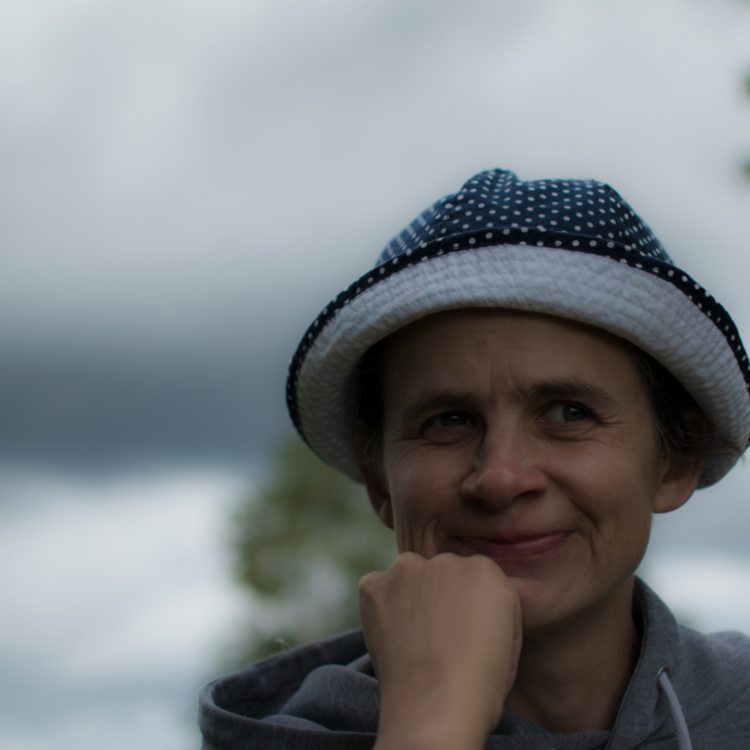
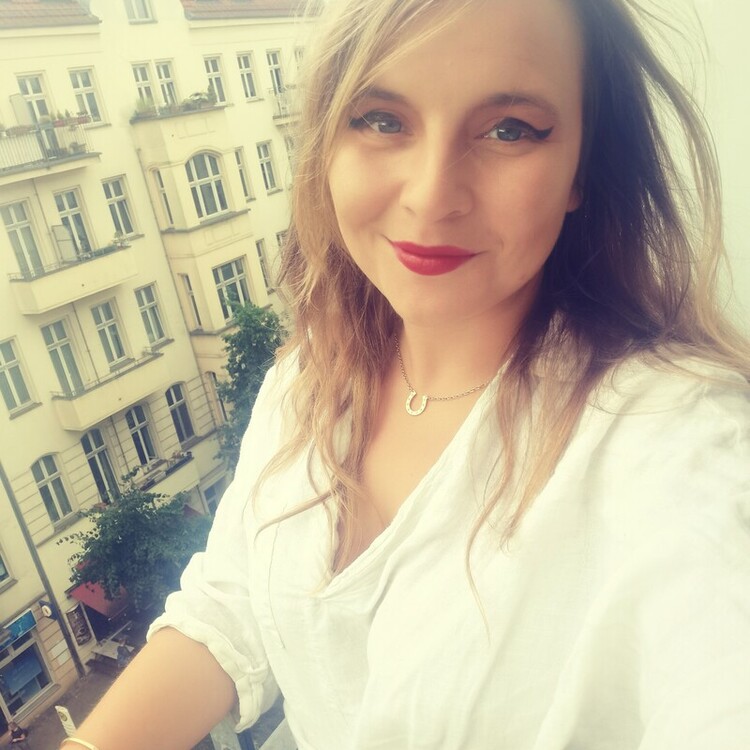

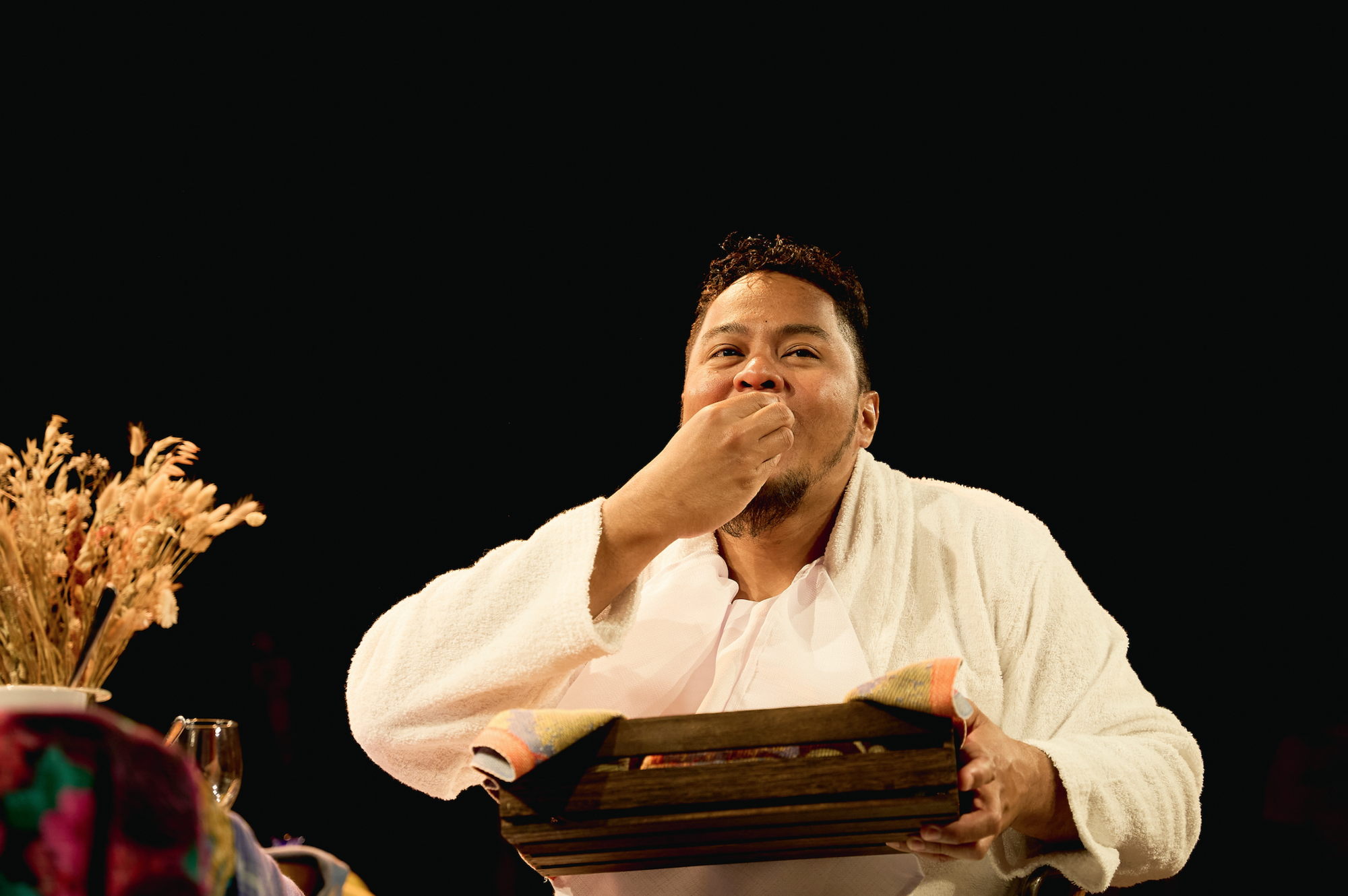
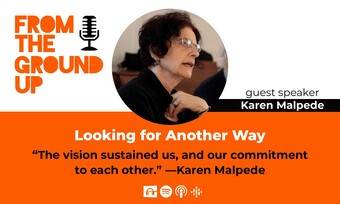


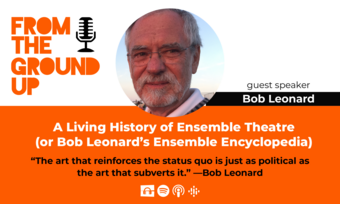

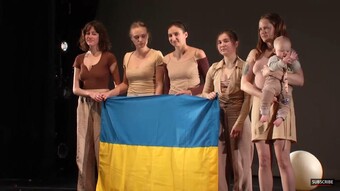

Comments
The article is just the start of the conversation—we want to know what you think about this subject, too! HowlRound is a space for knowledge-sharing, and we welcome spirited, thoughtful, and on-topic dialogue. Find our full comments policy here